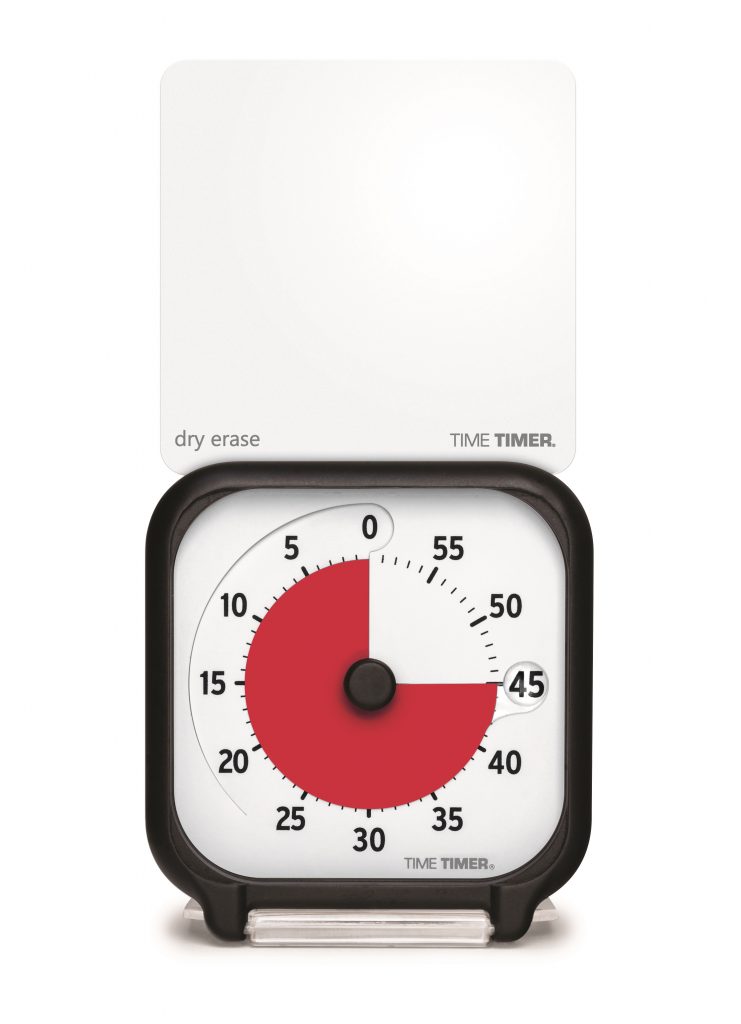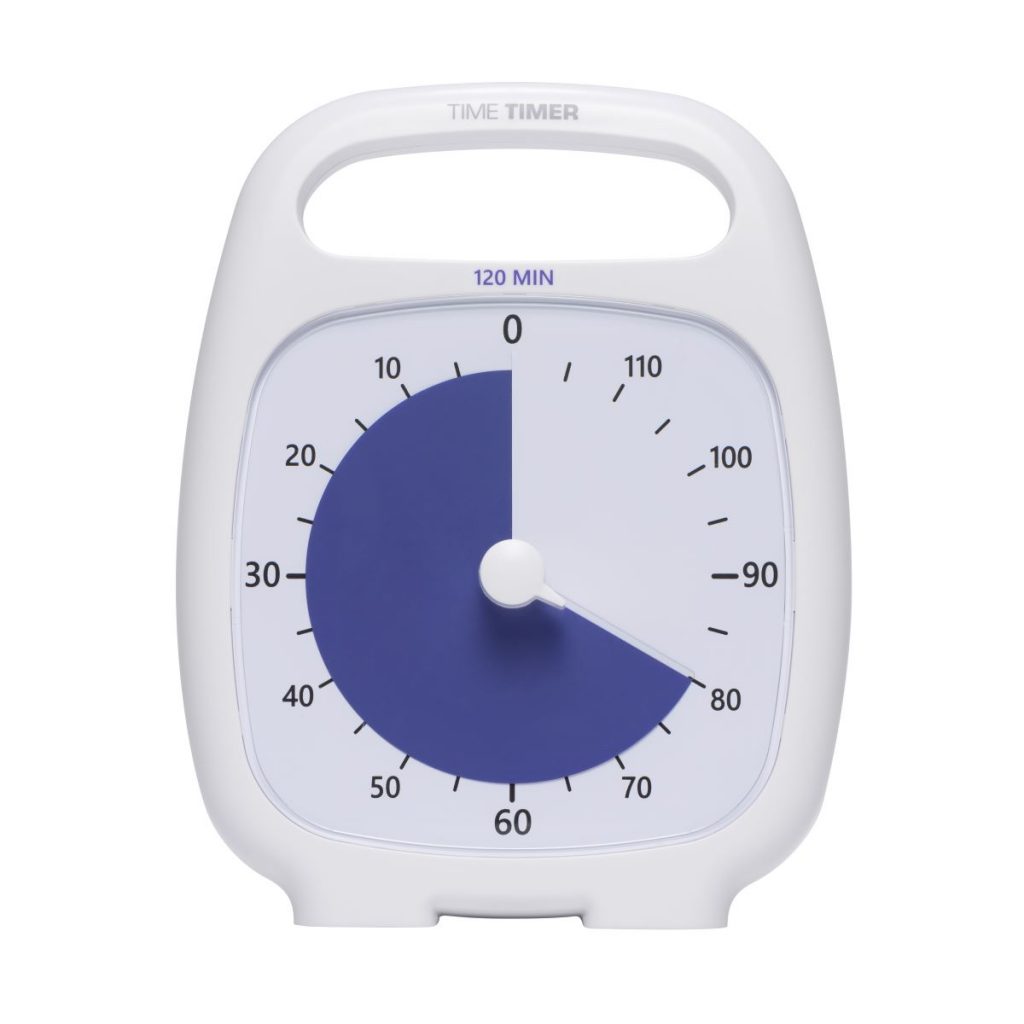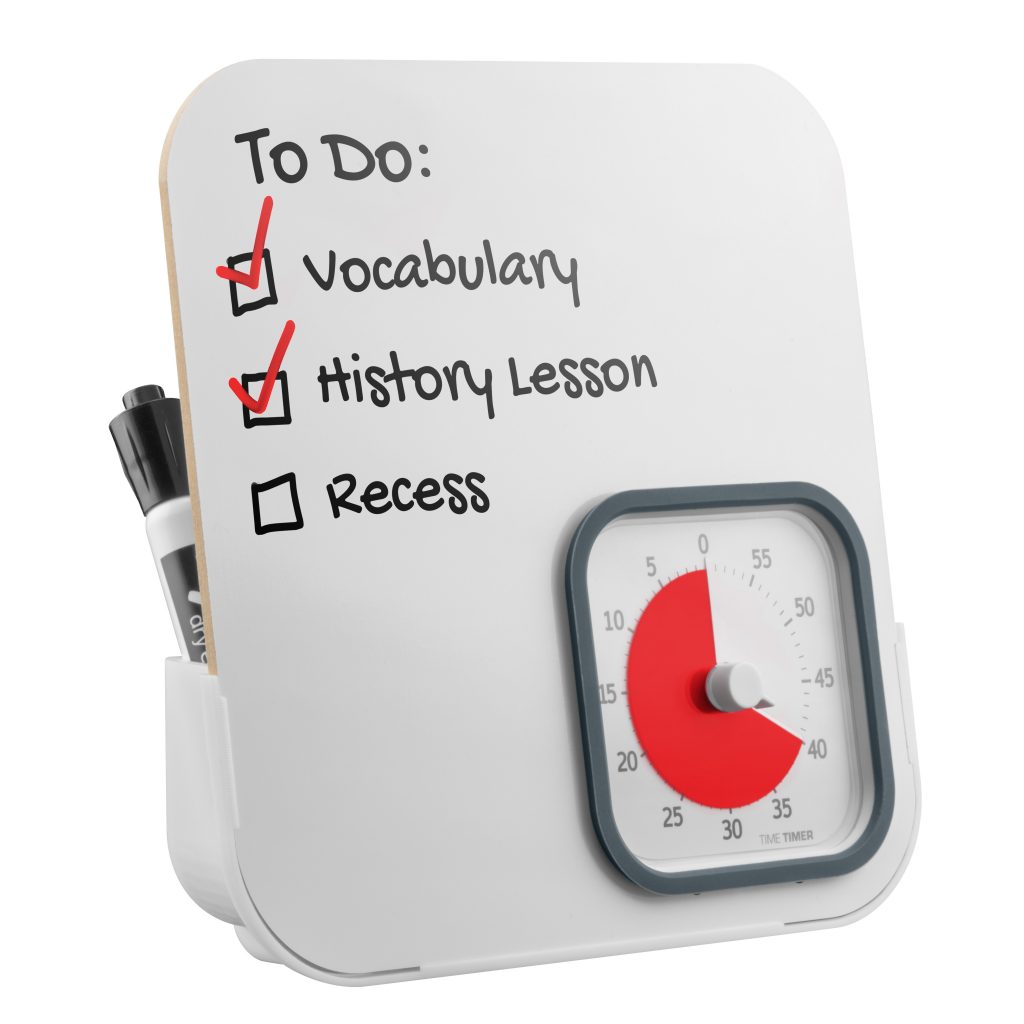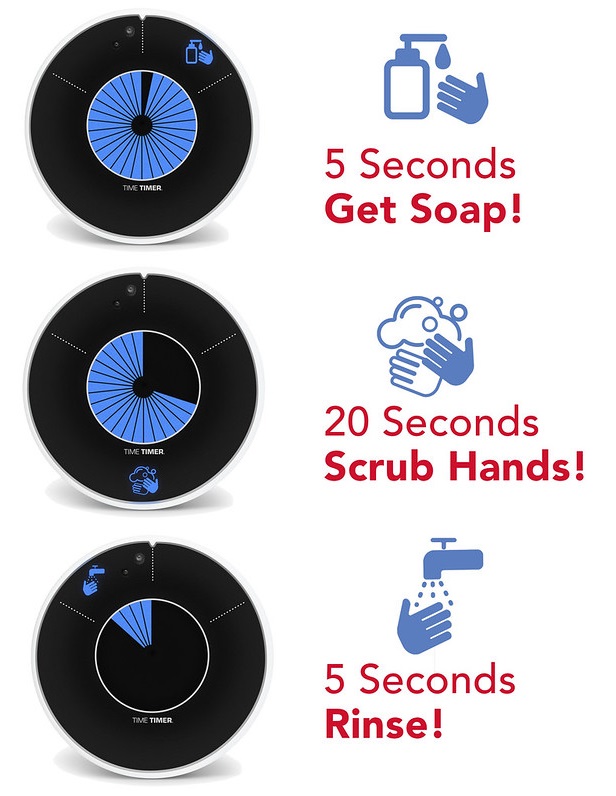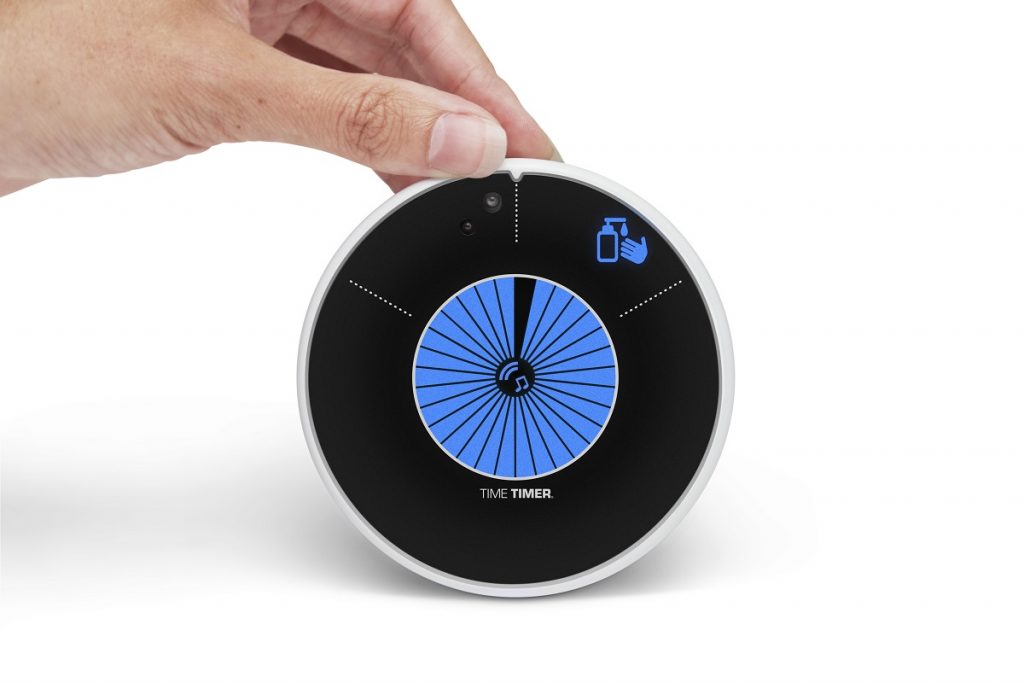What is Toilet Time! Training?
Toilet Time! Training is a time-based potty training technique with a focus on creating healthy bathroom habits. This potty training process helps toddlers tune into their body cues while reinforcing a holistic bathroom routine. Potty training is more than getting out of diapers. There’s learning how to wipe, flush, and knowing how and why we keep things clean and sanitary. Toddlers can thrive on routines and knowing what to expect so that they can become more independent. Potty training is the perfect time to establish a comprehensive bathroom routine and encourage healthy behaviors. If done the right way and looking at the process as a way to teach basic life skills, some children as young as 18 months can start to be introduced to these behaviors and get a head start on turning them into habits.
Jo Adkins, author of Tips for Toileting, recommends noting when your child can start imitating your actions and comply with your commands. She explains that this is typically a good sign that they are ready to start their training. And if that is not at 18 months for your child, that’s ok! Every child is different. The biggest thing to remember is to do it before they get to the stage of pushing boundaries (typically around 4 or 5 years old.)
How Toilet Time! Training Works
There are many potty training methods out there to choose from, and it’s important to use the method that works best for your child. The Toilet Time! Training method uses time based increments that grow as your child starts to tune into the cues from their body. It also looks at the process holistically, making it a routine based approach, teaching the child the entire process from start to finish. If there is one thing we know at Time Timer, it’s that having a beginning and an end to a task can help some children who may not enjoy what they are doing or learning. For other children, it can be a motivator. Either way, this method can tap into the personality of your child.
Throughout this process, we’ll recommend Time Timer products that can help with each step. As Adkins says, “The most effective tool in toilet timing is a Time Timer. The reason timers are so important is to create consistency for everyone. It is very easy to get busy or distracted and forget to take the child to the toilet. By using a timer, both the adult and child are reminded of ‘toilet time.’” But again, use what you have and what works best for your child.
Steps to Toilet Time! Potty Training
1. Choose a duration that works for your child to tune into their body cues.
tart during a time that you can be near your child and a bathroom for a period of time – Spring Break, Summer Break, or a long weekend are great times to begin. Choose a duration of time – we recommend starting at 20 minutes – and set a Time Timer visual timer for that duration. Let the child know when the color is gone on the timer, it will be time to go and try to potty.
Whether or not they actually need to go to the bathroom is irrelevant at this point. It’s about establishing a habit and getting them to check into the cues their body is giving them every 20 minutes. The duration of time in between bathroom visits will get longer by 10 minutes each time your child successfully uses the restroom a few times in a row. We recommend using the Time Timer PLUS 120 Minute for this part of the process. It will allow you to work up to 2 hours in between bathroom visits. And with its handy carrying handle, you or your child can take it to the restroom with them each time.
Karen, a day care provider in Cincinnati, Ohio tried this with her students. “We just had our most successful potty training day to date. One child (who will be 2 shortly) has used the potty 5 times today! I set the timer for every 40 minutes. She will frequently look at the timer and realizes the color is disappearing. Once it dings, all 4 children yell ‘potty training!’ Very cute! It is working like a charm!”
2. Establish and communicate the steps needed once your child is in the restroom
As mentioned, this is a routine based learning process. Make sure your child knows what is expected of them each time they enter the restroom. It may help to create a visual schedule, so your child understands each step that will happen each time the timer goes off. You may want to consider using the Time Timer MOD + Dry Erase Board. You can draw out each step and check them off as your child completes them.
The Toilet Time! Bathroom Routine for Potty Training
- The Time Timer goes off – It’s Toilet Time! That means we travel to the bathroom! If there is reluctance, make it an adventure. Or if you must do it when you are not at home, make it a “journey” to find the bathroom wherever you are. This can help a child feel less intimidated when they are in a place where they may need to use a different restroom.
- Now that we are here, it’s time to sit on the toilet. For some children, it may be a good idea to use the Time Timer again here by setting a duration of 5-10 minutes, therefore letting them know how long to sit on the toilet. Reminder – this is not about whether or not they actually relieve themselves. Either way, the process remains the same. If needed, bring a book into the bathroom to entertain while they are trying.
- Now it’s time to clean ourselves up! This is when to teach them proper wiping habits. Do not wipe for them unless there is a big mess. Demonstrate how to do it and help them understand the importance of it.
- Don’t forget to flush! If they are not using a flushable toilet, immolate the flushing or show how it works on the big toilet.
- Now it’s time to wash our hands! Depending on the age of your child and if they have been exposed to proper handwashing yet, your child may not get the full 20-seconds of scrubbing that is recommended by the CDC at first. However, the Time Timer WASH can help them understand the steps and work up to the proper duration. If you have a child that likes to dance, the Time Timer WASH includes an option to play a song. The music can remind your child that handwashing (and using the toilet!) is fun! The handwash dance can even be the “reward” for using the bathroom! Starting the habit of washing hands while they are potty training will make it a life skill.
Using the restroom and washing hands are both life skills that make sense to associate with each other as well as other already known routines. Use a first/then approach to associate the behaviors together. Typically, you want the “then” to be a desirable activity, so find ways to make it fun! For example, first we wash our hands, then we eat our favorite food. First we wake up, then have Toilet Time! Or in this case, first we use the potty, then we do the handwashing dance!
Pairing these two skills – using the toilet and washing hands – creates an association and habitual routine. It’s more grounding than simply “using the toilet” and can make a child feel more independent.
Some tips for teaching proper handwashing to young children:
- Get a stool so they can more easily reach the sink. Sometimes letting them come into the sink from the side of the sink will allow them to more easily reach the water. (Don’t forget to check the temp before they touch the water and show them how to use the cold water faucet only unless your faucets are temperature controlled.)
- Use bar soap or an automatic soap dispenser. Bar soap or an automatic dispenser can be easier for children whose small motor skills may not be as advanced and therefore can struggle with pump soap. Once they have soap on their hands, show them how to make the bubbles! This is the fun part!
- While washing hands, explain why 20 seconds is important and use the Time Timer WASH to break the process into 3 simple steps and get them used to the proper duration.


